Take smart notes with the Zettelkasten method
In the previous post, I presented the Hypertext Theory and how it can help us to organize our knowledge. The concept covers the process of personal knowledge management as a whole and relies on storing and organizing knowledge as external informational bits. These bits are easy to process, which enables an effortless information retrieval as well as input and editing. Furthermore, the bits can be linked together, which is the key feature of such a system, as it enables new knowledge to be created by drawing conclusions from these connections. What we are still missing is a practical implementation of such a system. In the second part of this series we therefore discuss the so-called “Zettelkasten method” by Niklas Luhmann, which comes with all required practical aspects.
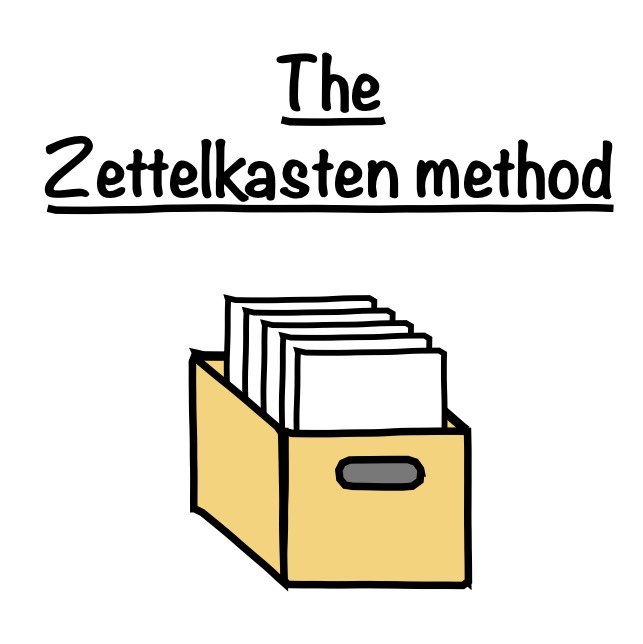
Disclaimer
If you search the Internet for the Zettelkasten method, you will find quite a few different descriptions. Apparently, everyone has an own variant – and so do I. My variant is adapted to digital note-taking. For the original description of the method, please refer to Ahrens (2017)1 or zettelkasten.deꜛ.
What is a Zettelkasten?
The Zettelkasten is a note-taking technique that facilitates the progress of writing a literary or scientific work. It became famous by Niklas Luhmann, a German sociologist, who published over 70 books and 400 academic articles1. Luhmann himself attributes his high output to his Zettelkasten, which contained over 90,000 notes1. His implementation is based on two main concepts2:
- Capture your own ideas and thoughts, expressed in your own words, each in a single note. Write down every important idea or thought that comes into your mind while perceiving external inputs, e.g., from books, talks, podcasts, videos, etc. The note should be expressed in such a way, that it contains all necessary information to understand our idea no matter at which time-point we get back to it, i.e., without the need of going back to its source or referring to additional information.
- Link your notes together wherever appropriate. This is the key of the entire Zettelkasten method and its main difference compared to linear note-taking solutions like common notebooks. By cross-referencing notes we create an individual network of personal knowledge, that organically grows and evolves by the links and notes we apply.
The different types of notes in a Zettelkasten
The thoughts and information written on the notes, the “Zettel”, form the smallest unit within this network. There are three different types of Zettel to consider:
- Fleeting Notes
- Notes where we write down a spontaneous idea, a thought, a task, a reference – everything that encounters on the go and that we want to get back to later. Fleeting notes are temporary and intentionally rather casual (they do not have to be structured or grammatically correct). It is important to process fleeting notes within a few days before losing their meaning. As soon as a fleeting note has been processed, it can be trashed.
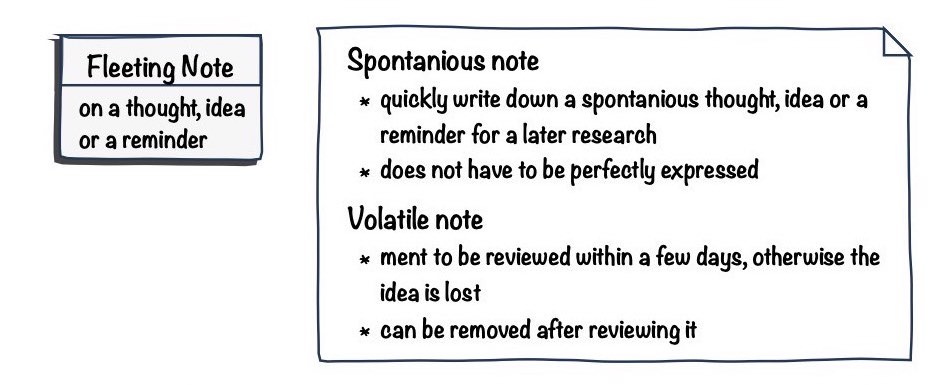
- Literature Notes
- Notes that we take while reading a book, an article, a paper, a blog post, or while consuming a movie, podcast, audiobook, or while participating a talk, a lecture, an exhibition, etc. Literature notes are more than highlighted passages and quotes. They capture our own thoughts and views on the respective content, written in our own words. Literature notes are structured and contain basic bibliographical and metadata about the medium to which it refers like the title, authors’ names, publication date, source, date of perception/encounter, circumstances of the perception, and references to corresponding text pages (if it is a book or a paper). By its definition, each literature note has only one source.
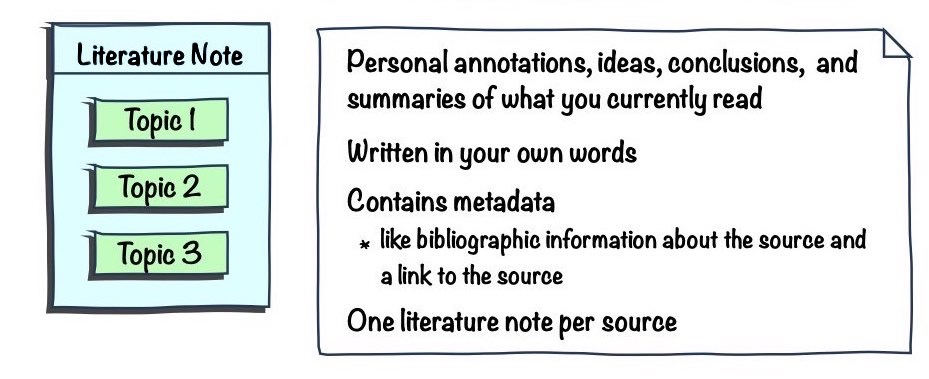
- Permanent Notes
- Notes that contain our own ideas and conclusions. They are fully expressed and self-reliant, i.e., they must be understandable without additional information or getting back to its sources. They always contain backlinks to their sources and links to related other permanent notes. They can also contain keywords. Permanent notes form the core of the knowledge network and are the source for generating new knowledge. Therefore, the entire workflow of the system should aim to generate permanent notes. They are the permanent expressions of our ideas on which our emerging network will build up.
Permanent notes are the smallest units of our knowledge network. They deal with one topic at a time.
While expressing our thoughts on a topic (in our own words!), relations to other topics could arise. These occurrences are the link points for creating contextual links to other permanent notes. Contextual links are the type of link that we should prefer: It makes no sense to list all related notes in a See also list, as after a while we no longer remember why we linked these notes with each other. However, links applied in their context of the content (and within that content) immediately reveal why and how two notes relate.
Every permanent note is unique. Each topic or its core aspects are only treated with a permanent note once. This requires that our notes get a unique name and identification, to clearly identify them and to address them for cross-referencing.
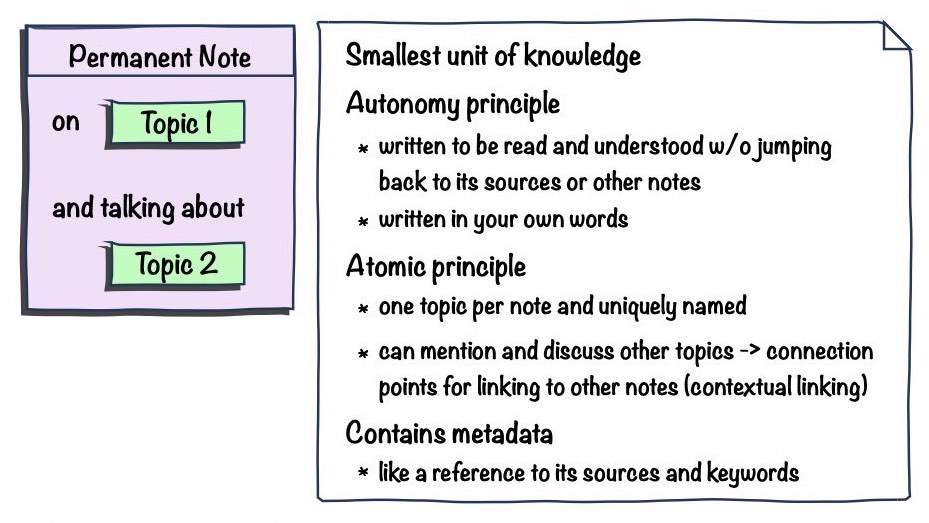
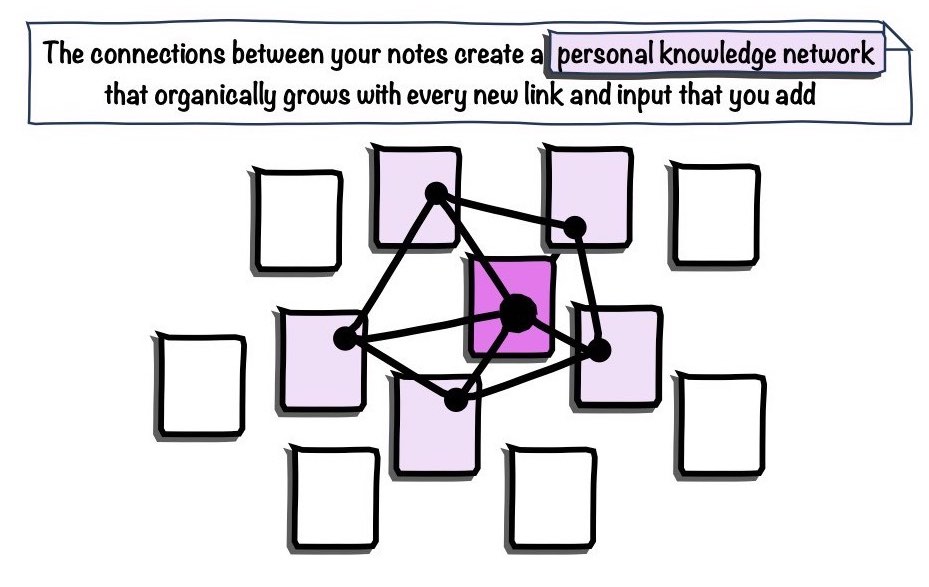
How does the “Zettelkasten” work?
So what do we do with these different types of notes and how does the Zettelkasten build up? The good news about the Zettelkasten is, that we don’t have to worry about its structure. As discussed for the Hypertext Theory, the linked notes within the Zettelkasten will build up and maintain themselves a network structure.
Now let’s take a look at a typical Zettelkasten workflow, from the initial trigger to read a new source (input) to creating the final permanent note (output).
 Zettelkasten Method: The different types of notes and inputs.
Zettelkasten Method: The different types of notes and inputs.
Step 1: The input trigger
Everything starts with the initial impulse, a trigger that we receive, for example, when we read a book or an article, during a discussion or watching a movie. On a fleeting note, we write down a reminder or remark on that impulse (e.g., a question, an idea, or the source of a book that we want to read).
Step 2: Getting the source
Later, e.g., on the evening of the same day or latest a few days later, we come back to the fleeting note and take care for getting access to the source, the medium, to pursue our idea or question (e.g. we order a book or borrow it, or we download a scientific article).
Step 3: Reading the source
When the corresponding medium is available, we start reading it. While we read, we take notes in the associated literature note, that we newly create for this medium. It is crucial, that we write down every important idea and thought while reading the medium, including their reference to the relevant position therein. Any idea that is not noted down will get lost quickly.
Step 4: From the literature note to the permanent note
As soon as we have read the medium, we review the literature note, sort and structure it again according the various topics that might arise. Then, we decide which of these topics are important and worth transferring them to permanent notes. Within the permanent notes, we further complete our description of the topic, so that it fulfills the so-called autonomy and the atomic principle (see below). Don’t forget to link your permanent notes back to their sources.
Any additional information on the topic, that is written in other literature notes, can of course be added to the permanent note. Also here, don’t forget to link back to that additional sources.
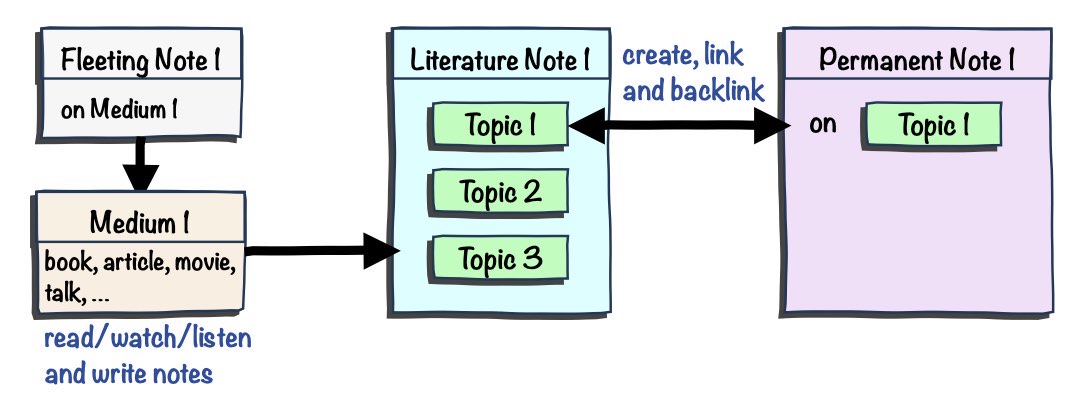 (a)
(a)
 (b)
(b)
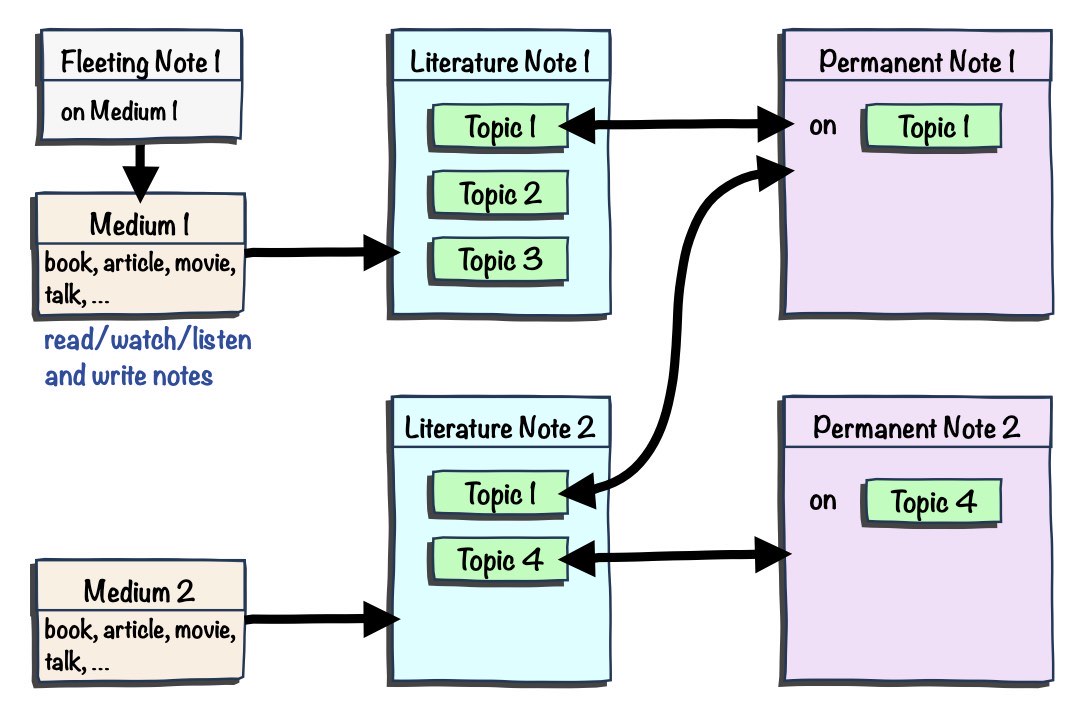 (c)
(c)
Basic Zettelkasten workflow: (a) Get an impulse (fleeting note) for reading a new source (medium). Summarize your ideas, impressions, conclusions and important facts while reading, watching or listening to the source (literature note). Review your literature note and decide, which information (topic) is important to keep and write a new note on that information, in your own words and in an understandable way (permanent note). The last step is to add the backlinks of this note to its sources. (b) Repeat this process with any valuable information in your literature note. (c) Continuously work with your permanent notes by reviewing and by completing them with any new informational bit you collect.
Permanent notes do not always have to be created or completed based on a literature note. Own ideas, spontaneously written on a fleeting note, can also lead to a new permanent note or contribute to an existing one.
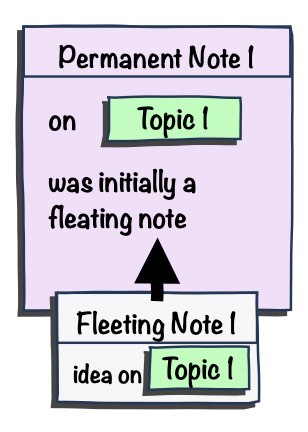 Permanent notes can of course also be created directly from a fleeting note.
Permanent notes can of course also be created directly from a fleeting note.
Step 5: Discover connections
Wherever we see contextual relations within a permanent note to other topics, that are already transferred as permanent notes to our network, we cross-reference them.
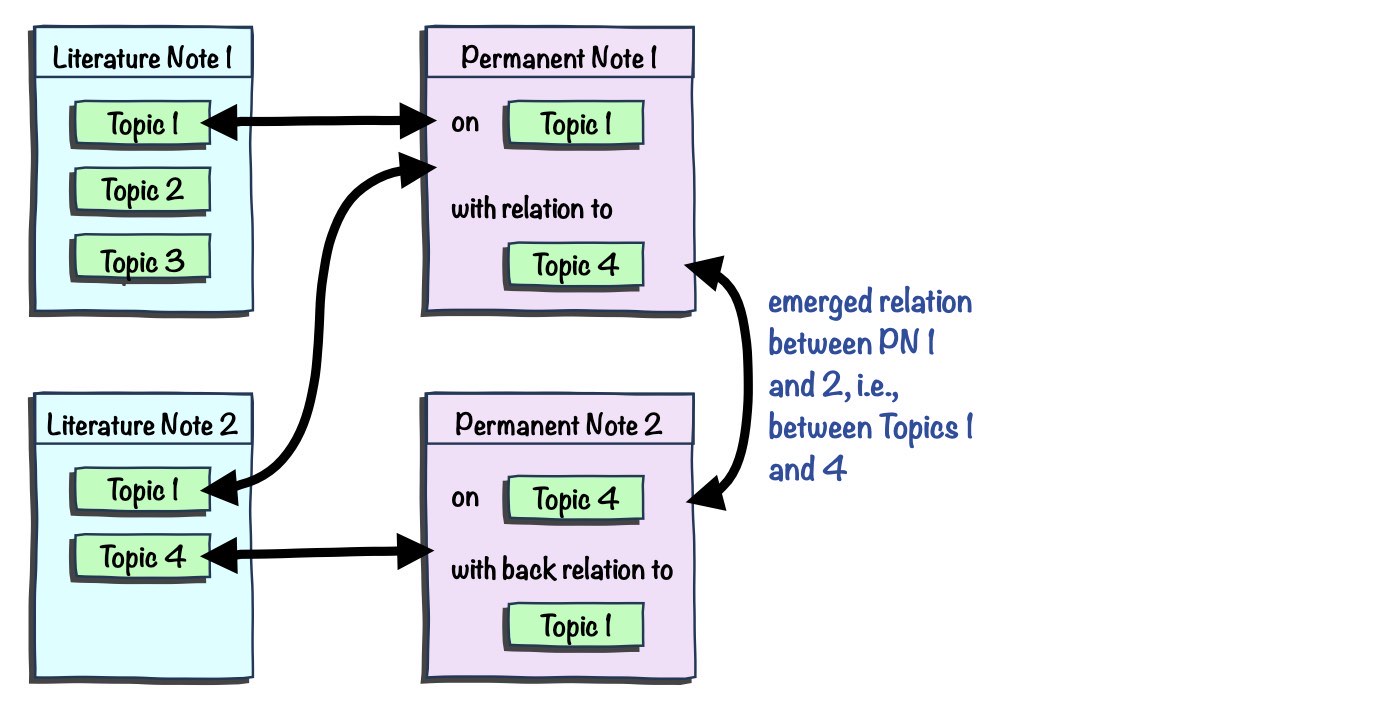 Explore new connections between individual permanent notes and connect them to each other.
Explore new connections between individual permanent notes and connect them to each other.
Perhaps an emerging relationship between two permanent notes is that interesting, that the link itself becomes the trigger for another permanent note, in which we record our thoughts and conclusions about the discovered relationship. In such a case, we have created new knowledge from our network itself.
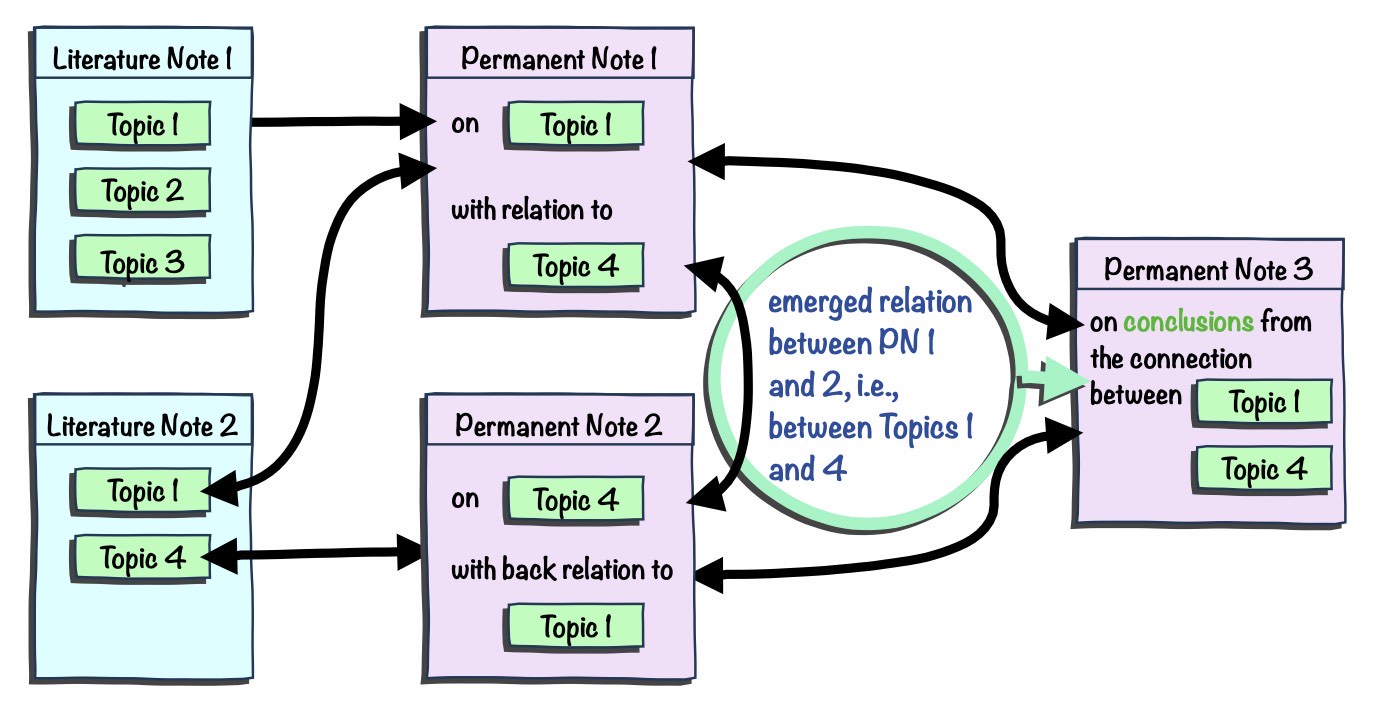 Express your conclusions about found connections in a new permanent note.
Express your conclusions about found connections in a new permanent note.
In this way, the network grows with each new permanent note and informational bit that we add.
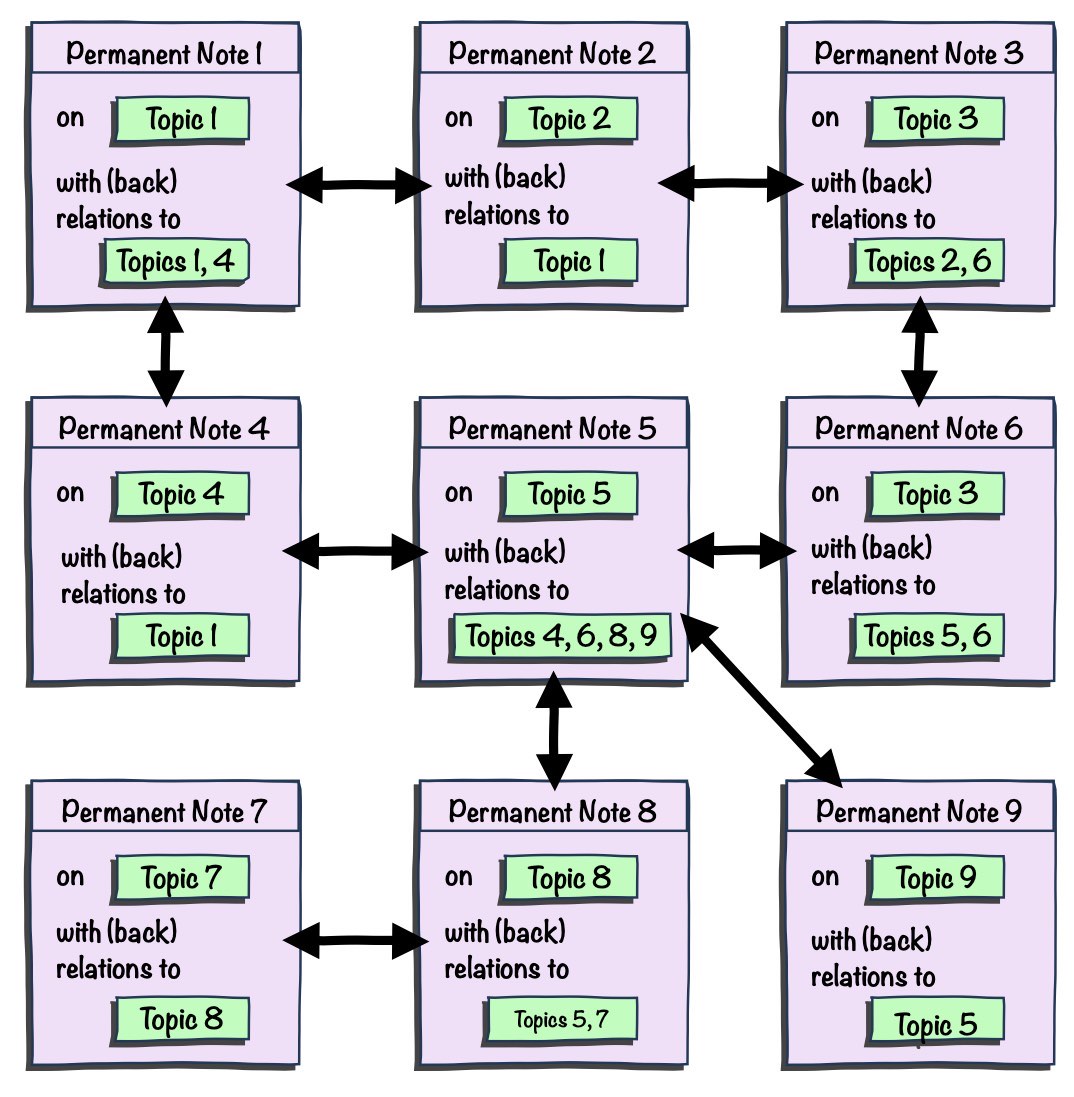 By linking notes together, a network of notes emerges, that grows organically with any new information and conclusion we add to our network. Taking one note as a starting point, we can explore all its relations by following its path of links.
By linking notes together, a network of notes emerges, that grows organically with any new information and conclusion we add to our network. Taking one note as a starting point, we can explore all its relations by following its path of links.
Step 6: Research your network
Permanent notes are also our entry points to research our network. We can start with any or a specific note on a certain topic, and then we dive deeper into the topic by following the paths of the links. We can even create a literature note or a loose fleeting note (that we can later turn into a literature note) to record our route on the journey through our network. Doing so, the initial note can already be the seed for the next new insight on previously unseen connections.
Internal structure of the Zettelkasten
In summary, the Zettelkasten workflow described above reveals at least two workflow or processing layers within our network: the input layer and the actual knowledge network layer.
The input layer is the rather “mechanical” part of the knowledge processing and the knowledge generation process. Here, any new input is methodically processed and prepared for further use.
In the knowledge network layer, on the other hand, new knowledge is collected and networked by formulating, summarizing and evaluating the information within the literature notes, by formulating a good idea from a fleeting note, or by recognizing and concluding from the connections between the permanent notes.
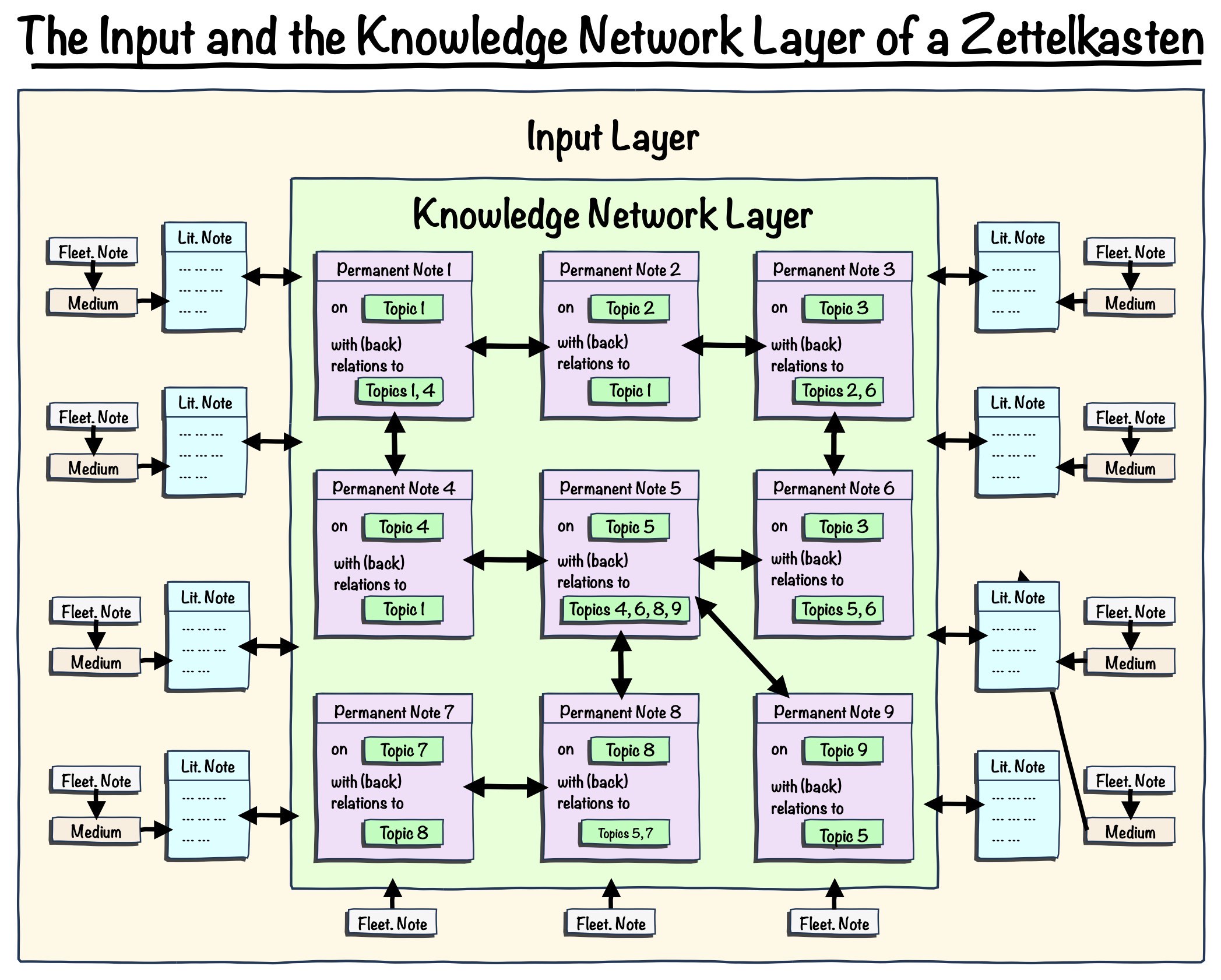 The Zettelkasten with its – so far – two layers: The input layer and the organically growing knowledge network layer.
The Zettelkasten with its – so far – two layers: The input layer and the organically growing knowledge network layer.
However, this summary is still missing a crucial layer, and we will complete the picture in the third part of this series.
Some rules to follow
In order for the network to develop and function, we should follow a few basic rules:
Write in your own words
Through writing we consolidate our thoughts. While writing, we process information and become aware of possible misunderstandings and gaps. Therefore, when we write something down, we should do it with the following principle in mind: Only if we can express something in our own words, we really understood the topic we are writing about. On the other hand, this means that if we cannot fully express a topic in our own words, gaps in knowledge and misunderstandings will remain and further clarification will be needed.
Autonomy principle
For permanent notes, we must consider the principle of autonomy: They must be formulated in such a way that they can exist independently and remain understandable without the context out of which they were made.
Literature notes, however, can be written more freely. Find your own rhythm that will allow you to effectively take literature notes while not interfering with your reading flow too much.
Atomic principle
Permanent notes always refer to one topic only. Don’t try to jot down entire essays on a topic with all its sub-aspects in one permanent note. That’s not effective. If it’s reasonable, put sub-aspects into their own permanent notes. In this way, you can cross-reference also the sub-aspects of a higher-level topic with other notes and other topics, thus, you enable the potential generation of further new knowledge by revealing unseen connections.
But as for all other rules: Don’t take this rule too strictly. For example, if you are summarizing a person’s biography, it makes little sense to put parts the resume, a list of publications, and a summary of her or his work in separate permanent notes. In this case, I would rather put everything into one note. However, what I would not do, of course, is to also include the content of that person’s works and my corresponding notes on it. Instead, I would put this into separate notes. The list of the author’s works, including the links to notes on this work within my network, would serve as a reference list.
This is only one example and a suggestion how to proceed. While you work more and more with your Zettelkasten, you will definitely find your own workflow that suits you best.
Unique Identifiers
As a consequence of the atomic principle, permanent notes must be clearly identifiable. As they describe one certain topic that is not the (main) subject of another note, permanent notes should get a unique ID to avoid ambiguity and to provide a clear address to link notes together. This is crucial to establish the network.
There are different technical solutions to link notes together. The original implementation of Luhmann was a combination of a set of continuous numbers and letters and a name (“Luhmann-ID”). Other implementations suggest using a timestamp (“Timestamp-ID”), (sometimes) followed by a name. Some digital tools provide so-called wiki-linking, that allows linking to a note by surrounding its name with straight brackets (e.g., “Find further references in [Zettelkasten] by [Niklas Luhmann].”). This requires unique names for all notes (“Title-ID”). Other tools assign to each note a unique URL that can be used for linking (“Note-Link-ID”).
Quality is more important than quantity
Try to be selective and only capture information with value. Ignore everything irrelevant and superfluous. The quality of the information and not its quantity should always have the highest priority. Always ask yourself whether the information really helps you and enriches your network before you add it to the Zettelkasten.
Let the work with your Zettelkasten become a habit
Let the processing of your fleeting notes, the maintenance of your literature notes, the creation of new permanent notes and the expansion of existing ones become a habit, i.e., integrate it into the process of your thought and idea generation.
We shouldn’t use our Zettelkasten as a mere filing for our notes. We also have to work with it. By continuously revising our notes, we discover new connections and create new structures between different notes. Editing notes by reformulating them, rethinking and rearranging the structure, revising the references and cross-references must not be understood as a correction of errors. On the contrary, these steps represent the actual work and interaction with our network. It’s an agile and plastic network in which new connections are constantly being discovered, new informational bits added, misunderstandings corrected and gaps filled. It’s therefore not just a correction, when we revise a note. It’s iterating on the content of it. And this is the core of the work with the network as it supports our thinking and the revelation of new connections and conclusions. With each iteration, we continue to adapt each note to our deepening understanding. In this way, we train our memory and consolidate the network, and it also encourages us to rethink established ways of thinking and establish new ones.
Make contextual links, and always add backlinks
Linking should be bidirectional. A cross-reference within one note should always be followed by a backlink within the cross-referenced note. And as mentioned in the definition of the permanent note, we should always prefer to use contextual links instead of just attaching links somewhere within the note. By adding links in the context of the content – and within that content – we can immediately recap, why two notes are linked together, i.e., how they relate.
Folders vs. a loose note storage system
Should we organize our notes within a typological folder structure, or should you go for a loose folder structure and give keywords a higher priority to organize your notes? Actually, that’s fully up to you and how you prefer to work.
A rather loose folder structure would contain only a maximum of necessary folders. E.g., we could have one folder for fleeting notes, one for literature notes, and one for permanent notes.
In a typological folder structure, notes are sorted according to their topics. That’s a rather strict storage system, and we have discussed the advantages and disadvantages of such a system in the first part of this series. But if this works better for you, you are of course not restricted to do so. Just keep in mind, that any hierarchical structure is only a superficial layer and not the essence of your knowledge network. The hierarchy must not impede the free flow of the network and must not impose any predefined structures. Let your network grow and evolve freely and let it structure itself via the links between the notes and their associated keywords.
Make use of keywords
We can add appropriate keywords to our notes. This enables typological cross-referencing, which is another way to research our network. Topical cross-referencing connects notes on a superficial layer and allows to explore yet unseen connections between them.
Common descriptions of the Zettelkasten method also suggest to generate and maintain an extra note containing a list of all keywords and links to the associated notes, so-called keyword notes or keyword lists. I think, this idea comes from the original Luhmann Zettelkasten implementation, that was based on real physical “Zettel”. In my opinion, these type of notes are obsolete when using digital tools, as most of them provide very good explorative options to overview and navigate keywords.
Don’t become a slave to strict rules. Automate as much as possible.
One of the pitfalls of many self-management systems is to come up with a lot of clever and coherent rules and processes, which we enthusiastically follow at the beginning. But after some time, we will become lax and begin to stop following some (or even all) of them. We may notice that some of the initially well thought steps are too cumbersome. The problem here is: As soon as we no longer follow the rules we have set ourselves, the (too) finely balanced system collapses. When we reach such points, we have to be prepared to reconsider our rules (including the ones listed here!) and adjust them if necessary, so that the functioning of Zettelkasten suits our preferences and working habits. We should not adapt our habits to the system, but make the system our habit.
Another recommendation to make our Zettelkasten a long-lasting tool: We should avoid steps, that are too time-consuming. The essence of our Zettelkasten is reading, recording and summarizing our conclusions from what we’ve’ read, and generating new knowledge based on our notes. These core functions already represent a highly demanding mental work. We should not add more to it like unnecessary “technical maintenance” steps. E.g., index and keyword lists are completely superfluous if we use digital tools that already create such lists automatically. In principle: We should use automation tools, so we can focus on the core workflow with our network. Working with our network is the more valuable part in that workflow, let’s not waste time with processes that can be automated anyway.
It’s a personal network
The complexity and usefulness of our Zettelkasten depends on the quality and amount of information we collect and insert. We have to adapt the Zettelkasten to the way our thinking works. Therefore, we have to learn how to track, organize and name our notes in a way, that suits us best. The Zettelkasten method is about optimizing our learning and knowledge processing, and within that process, we have to find out our own learning and note-taking style.
It’s a unique network
A personal knowledge management system is always based on the individual character of its creator. Every Zettelkasten is therefore unique, and it is very likely that no one else can use someone else’s Zettelkasten. Why? Every Zettelkasten is the accumulation of someone’s individual ideas and thoughts, way of expression and preferences – and no other person can ever repeat this or understand it in all its facets. So, don’t pay too much attention on what others say about how a Zettelkasten should look like and work (including what I’m writing here): Every Zettelkasten will be different. Work and maintain your Zettelkasten in a way that suits you best. Tailor the Zettelkasten to you, not the other way around.
Establish the habit to take notes at any time
Taking notes does not have to be limited to literature research or any other information research. We should adapt the habit to take fleeting notes at any time. It doesn’t matter whether we are listening to a lecture, watching a documentary, or we are on the go and an important thought comes to us: We should just write it down. Random ideas, thoughts and information, if chosen wisely, will enrich our network. And as mentioned above, fleeting notes do not yet have to be in a proper shape and perfectly expressed. They serve as temporary holders of information for a later processing within our Zettelkasten.
The most important rule: Ignore rules!
The most important rule is not to take the ones listed here too seriously. They are rather based on my so-far experience with my own Zettelkasten. They are meant to be advices and not strict rules. Find your own workflow and own rules, and make your Zettelkasten your own.
Final remarks
In my opinion, the Zettelkasten is the perfect practical implementation of Vannevar Bush’s idea for a comprehensive and holistic personal knowledge management system. In the next and last part of this series we further deepen the practical work with our Zettelkasten and how to make it an integral part of our entire research workflow.
References
-
Ahrens, Sönke, How to Take Smart Notes: One Simple Technique to Boost Writing, Learning and Thinking (English version), Sönke Ahrens; 2nd ed. Edition, March 9, 2022, ISBN-10: 3982438802 – Das Zettelkasten-Prinzip: Erfolgreich wissenschaftlich Schreiben und Studieren mit effektiven Notizen (German version), BoD - Books on Demand, February 23, 2017, ISBN: 374312498X ↩ ↩2 ↩3
-
Luhmann, Niklas, Kommunikation mit Zettelkästen. Ein Erfahrungsbericht. In: Niklas Luhmann: Universität als Milieu. Kleine Schriften. Hrsg. von André Kieserling. Haux, Bielefeld 1992, ISBN 3-925471-13-8, S. 53–61 (ursprünglich in: Horst Baier u.a. (Hrsg.): Öffentliche Meinung und sozialer Wandel. Für Elisabeth Noelle-Neumann. = Public opinion and social change. Westdeutscher Verlag, Opladen 1981, ISBN 3-531-11533-2, S. 222–228.). Read the English translation hereꜛ. ↩
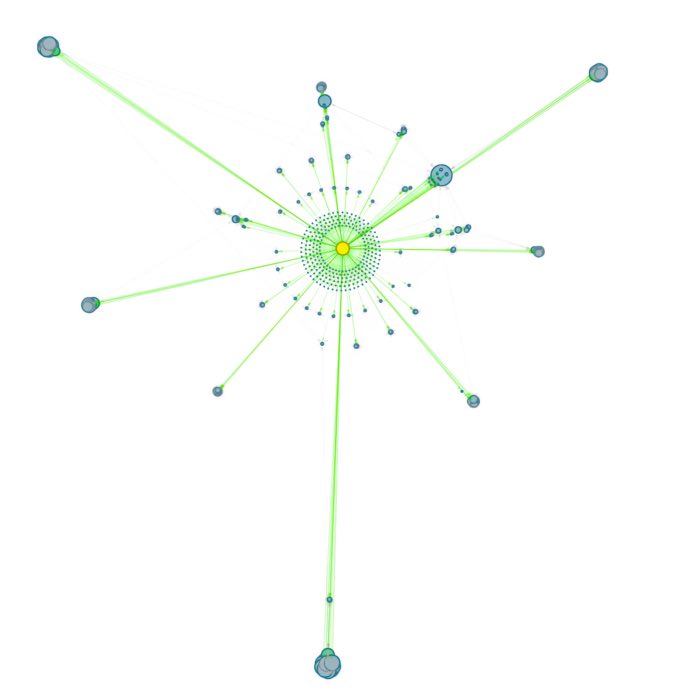
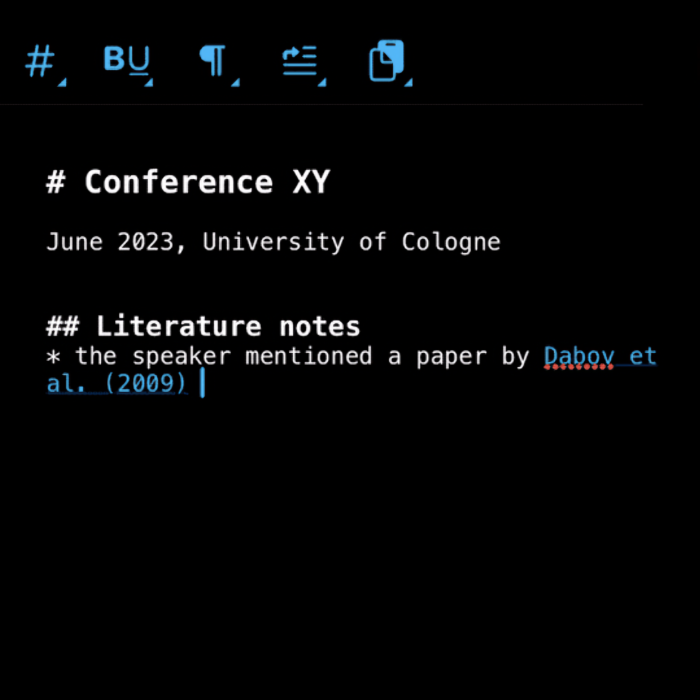
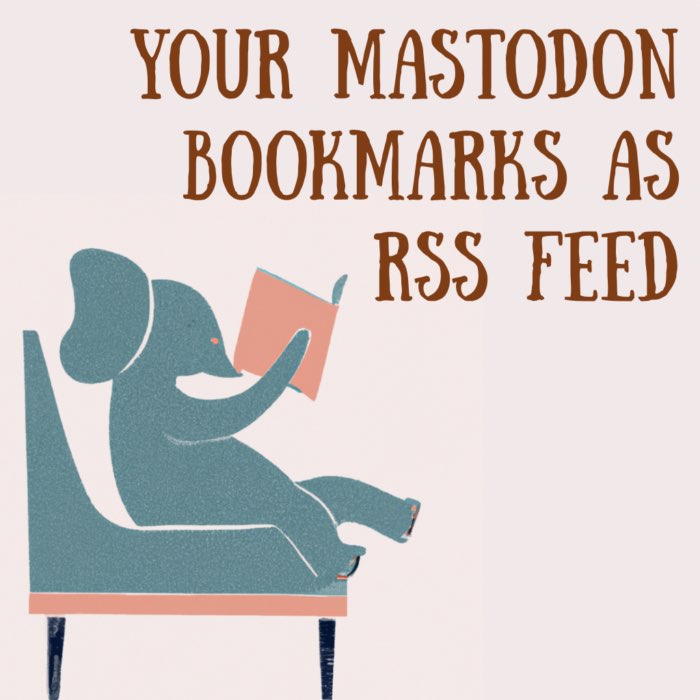
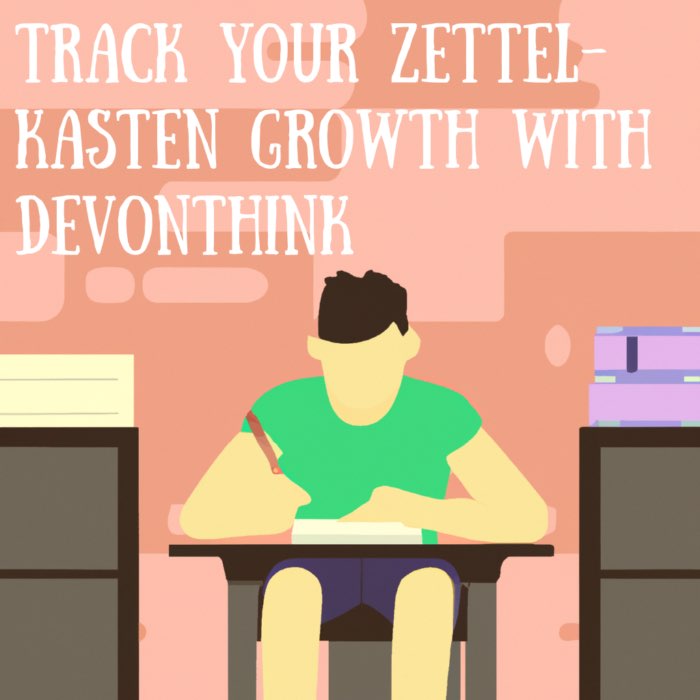
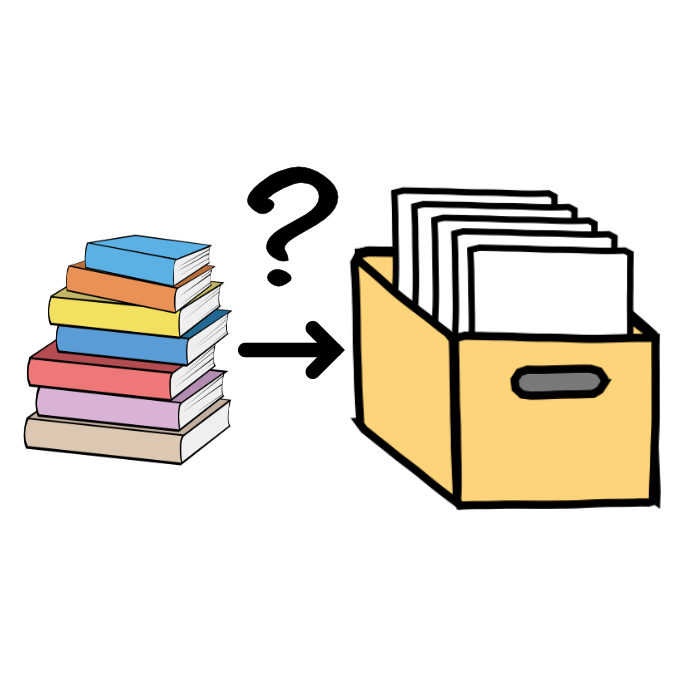


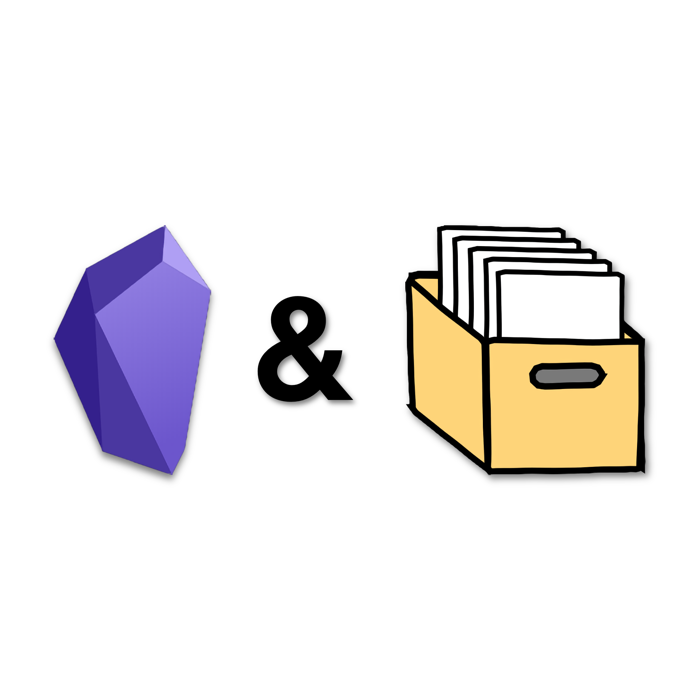
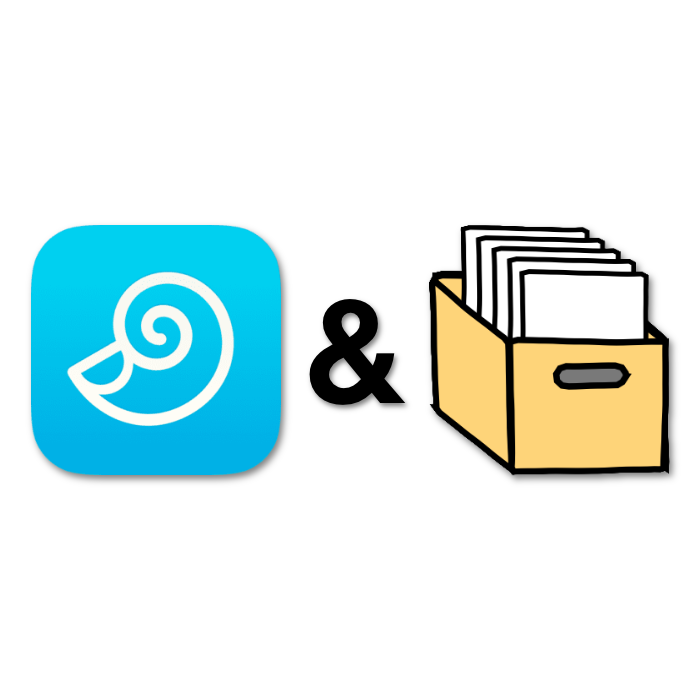
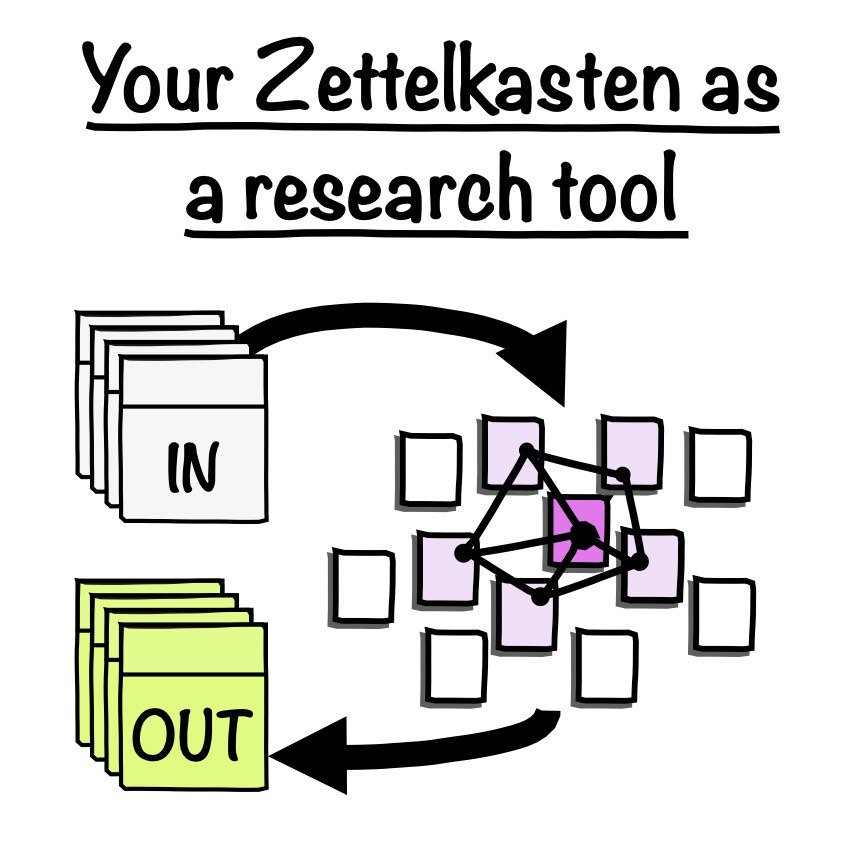
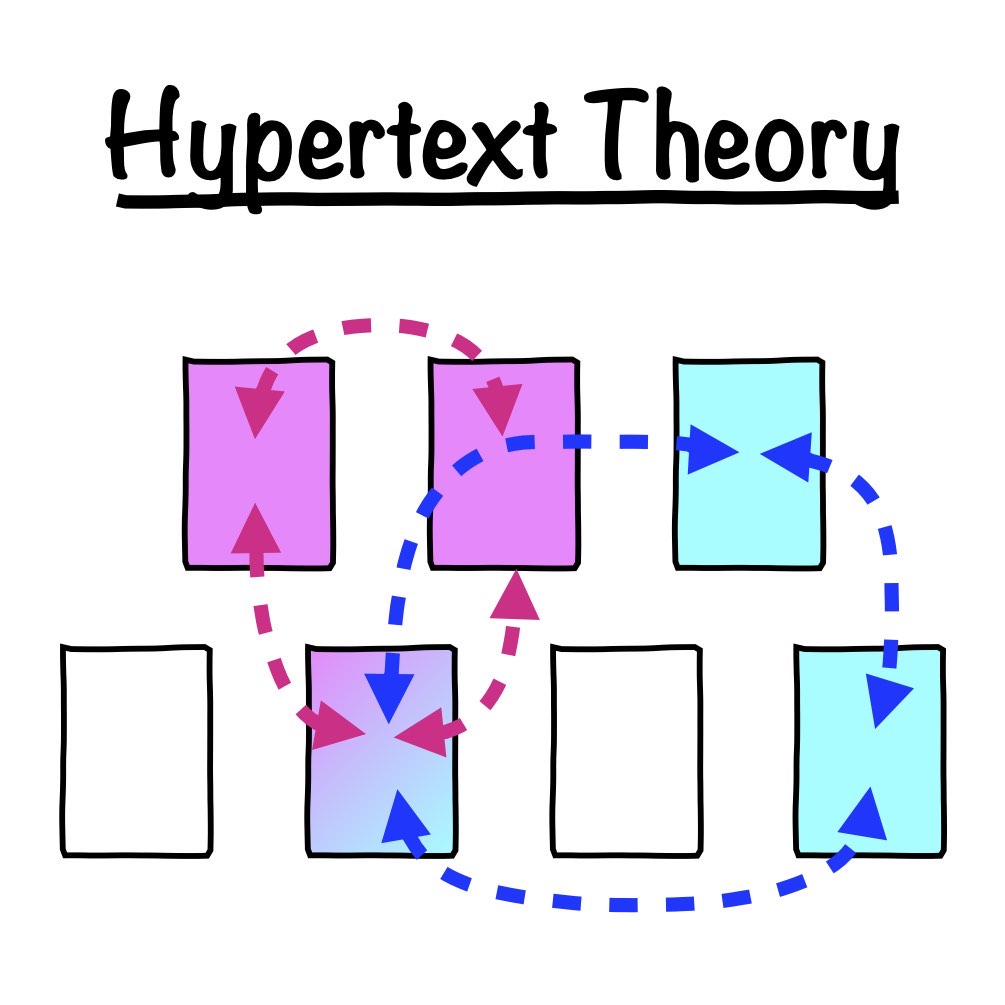

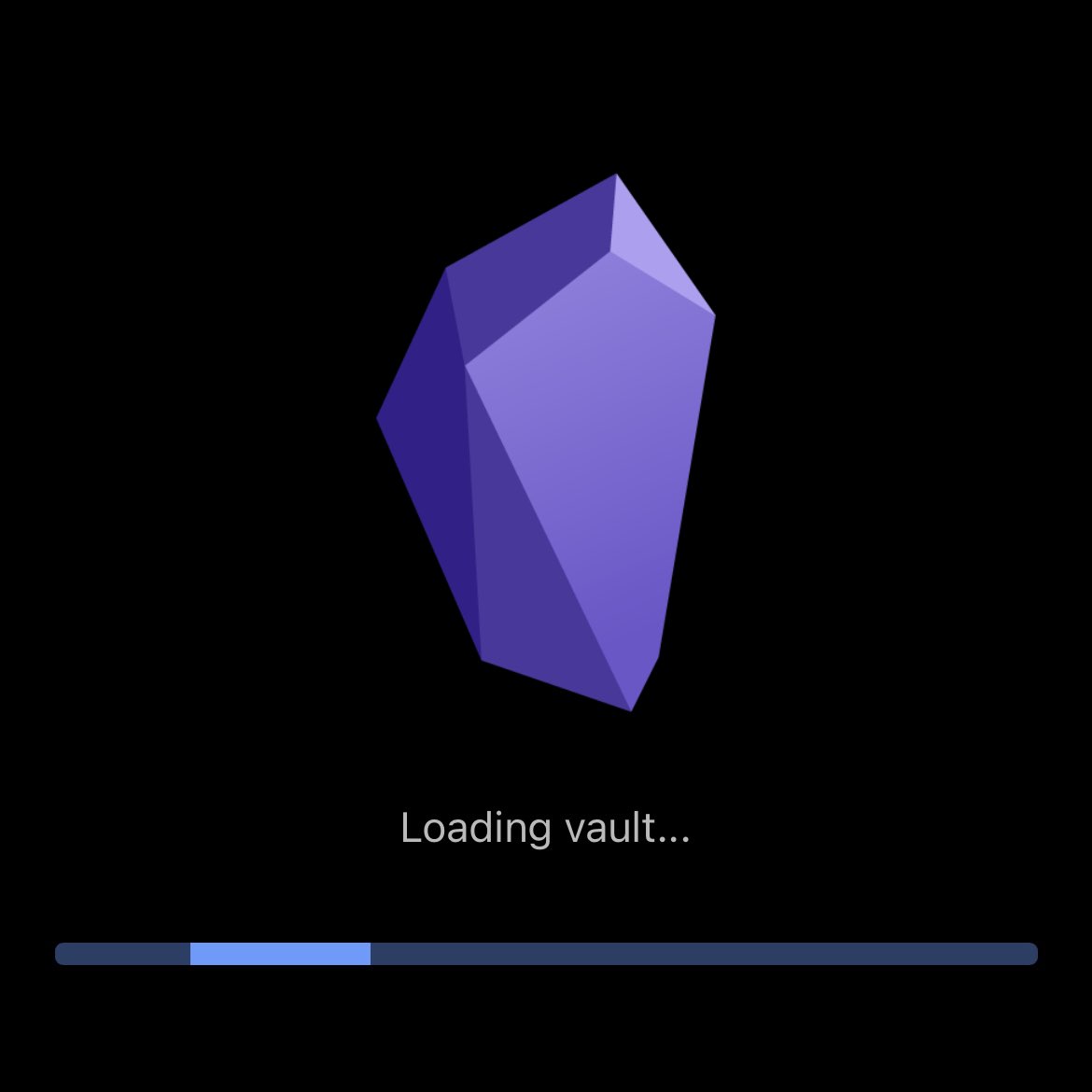
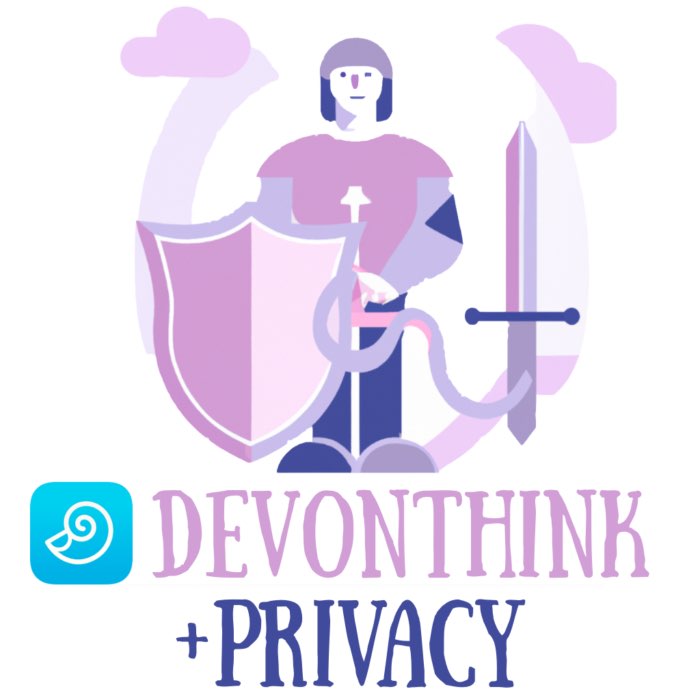

comments